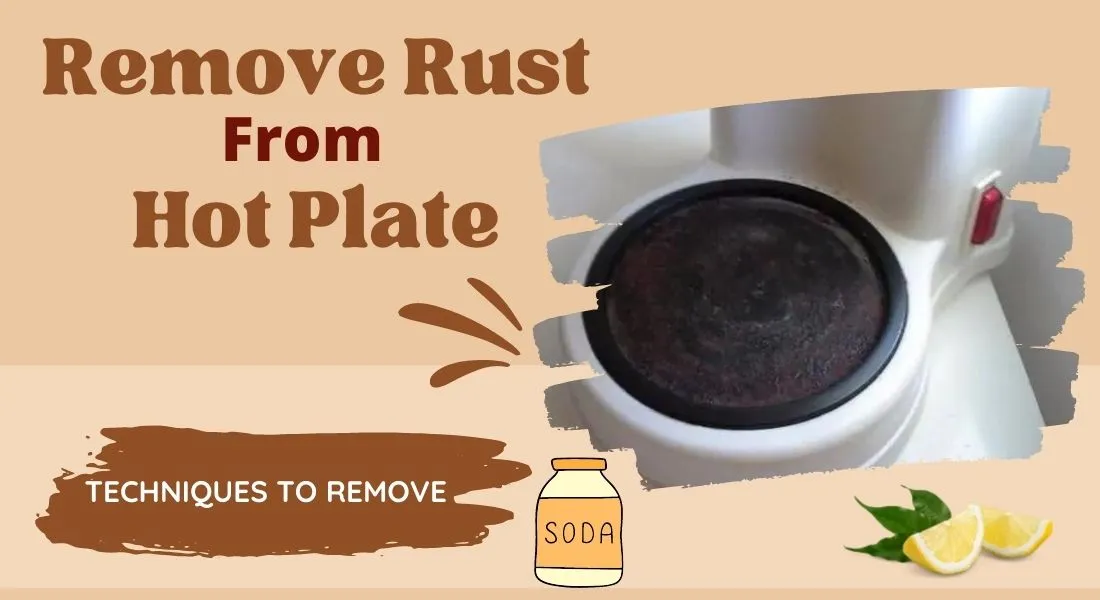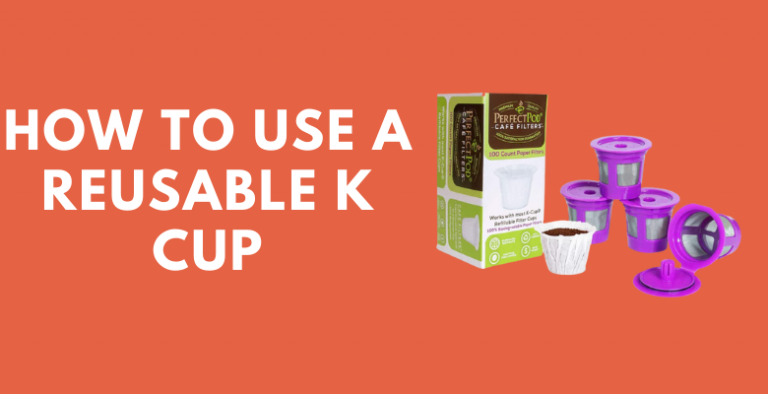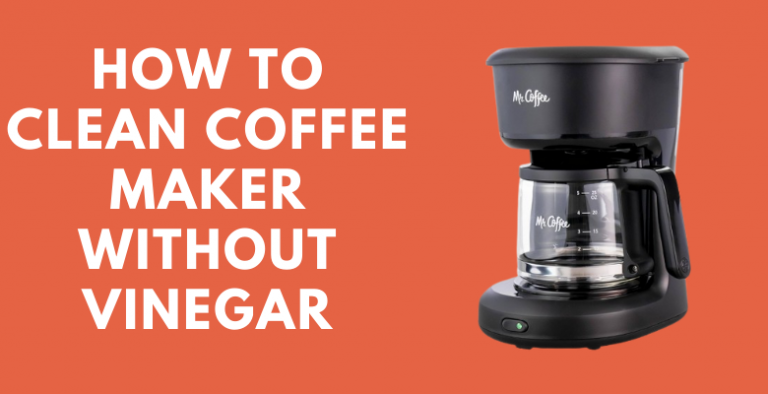How to remove rust from a coffee maker hot plate?(Easy Pro Tips)
Remove rust from a coffee maker hot plate is the common question you come across every other day while brewing coffee. Coffee splashing down while picking up your cup is a common occurrence. But we tend to ignore the little drops of coffee on the coffee maker’s hot plate and leave it without cleaning. And now your coffee maker’s hot plate is rusted, fret not as this is something you can remove.
Coffee makers need maintenance from time to time especially if they are functioning regularly. In case you are wondering why your cup of coffee is not tasting as good as it used to then, it needs maintenance or cleaning as a survey by Forbes. The hot plate cleaning procedure includes removing the rust from the coffee maker hot plate. There’s no need to throw out your coffee maker just because of a rusted hot plate. To remove rust from the coffee maker hot plate, you have to clean it beforehand. Here’s how you can clean it and then proceed to remove rust.

What is Rust?
Rust is a type of corrosion that occurs when iron reacts with oxygen and water, producing rust particles. This process is referred to as oxidation. Rusting is the same phenomenon as carbonation, which is the result of dissolved carbon dioxide becoming insoluble once it comes into contact with a material made of iron or steel.
Setting of Coffee Maker Hot Plate to Remove Rust
Firstly, you need to clean it. This has various benefits as just by cleaning regularly the durability of the coffee makers increases. And by cleaning hot plate of coffee maker you will have a nice tasting coffee as the machine will work more effectively. Let us give you a simple guide on how to do it:
- Turn off the coffee maker and make sure that it’s unplugged.
- Let the coffee maker’s hot plate cool down.
- Clean any visible coffee spills by using a cleaning cloth.
- Get rid of the dark and stubborn stains by washing them with hot water and dishwashing soap.
- Let it dry and it’s done.
You can clean weekly or daily even if you are not removing rust from the coffee maker hot plate. Cleaning will prevent further rusting and will make sure your coffee maker is in top shape. Now that it’s all cleaned and dry you can get to the main part. Follow these simple methods to remove rust from the coffee maker hot plate.
Techniques to Remove Rust from Hot Plate Efficiently
When I first bought a coffee maker, I tried various ways to remove rust from the coffee maker’s hot plate. I searched from various sites and have compiled the ones that worked best for me. Here are a few inexpensive and efficient methods to remove rust that actually worked. Make sure the coffee maker is unplugged whenever you are doing any of these.
By using white Vinegar:
Instead of running off to market, just get the white vinegar from your pantry. Get a cloth and keep it in white vinegar to immerse it. Leave that soaked cloth on the coffee maker hot plate. Wait for a few minutes and get a dry cloth or towel. Take off the white vinegar-soaked cloth and wipe the hot plate with a dry towel. You will see invisible results and rust will be removed.
Baking Soda:
Sometimes, the rust is so stubborn that white vinegar alone does not give satisfying results. You can have more effective results if you spread baking soda over the coffee maker hot plate and then pour in vinegar. The reaction will start and foams will be invisible so do not do this on the kitchen counter. Get a dry delicate sponge and use it to gently rub the hot plate. Finally, clean it with water and it’s completed.
Aluminum foil:
Want your white vinegar just for your pickles and don’t want to use it? Then, you can use aluminum foil. Lightly dip a strip of aluminum foil in clean water. Then get that wet strip and rub it against the surface of the coffee maker hot plate. Repeat doing this until the rust is completely removed. Clean the hot plate by following the above-mentioned process and it’s done.
Oxalic Acid
Using oxalic acid to clean the kitchen sink is heard of, but you can use it for removing rust as well. Make a solution of oxalic acid and water. Use an adequate amount of this solution and put it on the coffee maker hot plate. Allow it to rest for a time and wear gloves. Wearing gloves will make sure that oxalic acid does not cause a reaction in your skin. Scrub it gently with a clean cloth to clean away the oxalic acid. If rust is still visible then redo this process. After a while, you will see that your coffee maker hot plate looks as good as new.
By using a Rust Remover:
For people that did not find any above methods ineffective. Unfortunately, you have to go to the market. Get a rust remover spray, paint, or chemical solution. Leave it on the coffee maker hot plate for 15 minutes. Then use a clean dry cloth to wipe it. Then clean the hot plate and the rust will be ultimately removed.
Tips to Prevent Rust on Coffee Maker Hot Plate:
- Moisture increases the chances of rusting, so make sure that your coffee maker’s hot plate is thoroughly dried.
- Clean it regularly and dry it as well. If you can not do it regularly, cleaning the hot plate weekly is a must.
- Use glass or a jug instead of a coffee pot to fill the reservoir.
- Check that no coffee is splashed down after each brewing cycle.
- Use a dry cloth or tissue after each cup of coffee to make sure it stays clean.
Final words:
That’s all for How to remove rust from a coffee maker hot plate. We hope these methods helped in removing rust from the coffee maker hot plate. Generally, Hot plates are metal discs that turn electricity into heat. Rust will grow if the plates are exposed to too much moisture or if they are not thoroughly dried after washing the coffee remains. You can also re-paint your coffee maker’s hot plate by using rust-resistant paint to keep it in decent form and extend its lifespan.
If you follow the home cures listed above, removing rust from your coffee maker hot plate will be a breeze; simply pick the approach based on the materials you have on hand and what works best for you. Nevertheless, prevention is typically better than removal, if you maintain your warming plate on a regular basis, it will be durable and will not rust.




![Best Nespresso Compatible Capsules 2022 [Delicious with economy]](https://caffecionos.com/wp-content/uploads/2021/06/best-Nespresso-compatible-capsules-768x394.png)